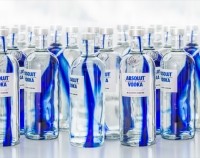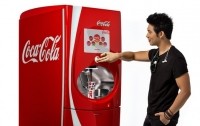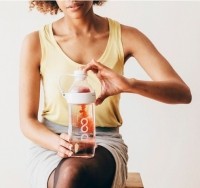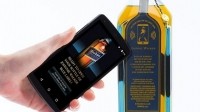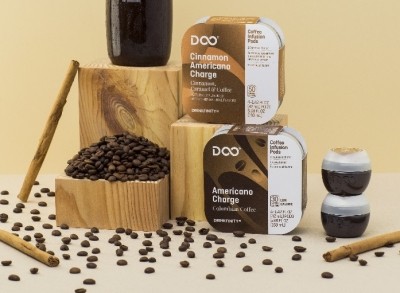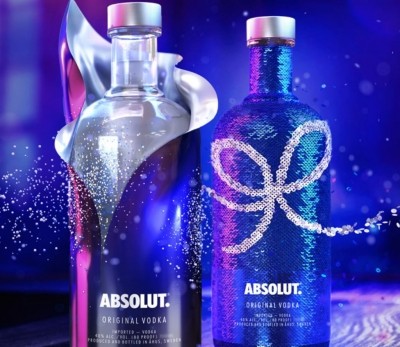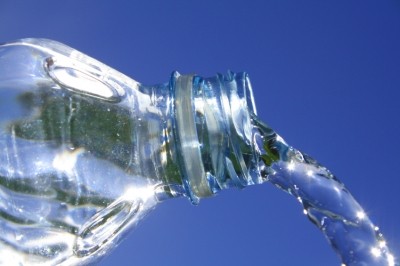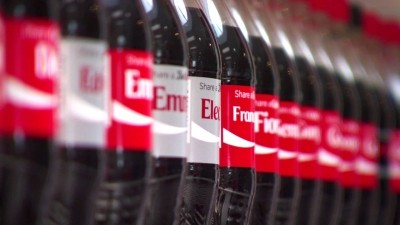What's hot in beverage technology?
To Drinkfinity – and way beyond! Technology evolves to meet demand for personalized drinks
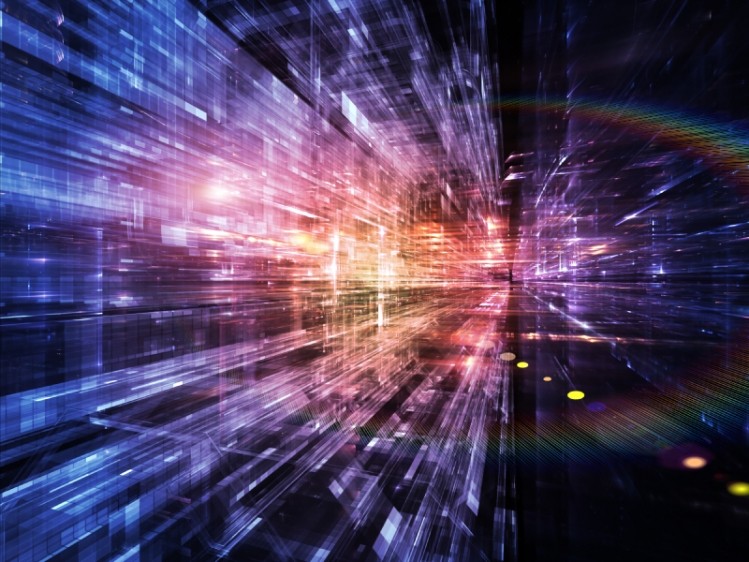
Personalisation across the food, beverage and nutrition sectors has been gathering pace in recent years – the success of Coca-Cola’s ‘Share a Coke’ campaign being an oft-quoted example in the beverage sector.
But Richard Hall, chairman, Zenith International, says beverage technology both inside and outside the home is going much further than that: it is starting to allow consumers to make their own drinks when and where they choose.
“Consumers have always wanted excitement and convenience, now they’re looking at relevance and personalisation by location and occasion,” he said.
Hall is at Zenith’s Global Soft Drinks Congress in Dubai this week, speaking on latest global beverage trends and challenges.
It’s getting personal
Personalisation is evolving in the beverage industry in a number of forms, said Hall.
“First of all, there’s product taste, flavour, and character, with choice undoubtedly greater than at any other time in consumer history,” he said.
Next, beverage packaging offers consumers personalisation: from Coca-Cola’s ‘Share a Coke’ campaign (which prints people’s names on Coca-Cola bottles) to Pernod Ricard’s Absolut Originality (a limited collection of four million bottles, each deemed to be ‘one-of-a-kind’ by the way the colour is fused in each glass bottle).
Seasonal and limited edition varieties (often around events) also bring an element of novelty to the marketplace, Hall added.
Home dispensing machines
“The new dimension that’s come in the last four or five years is technology,” Hall said. “Home dispensing machines, for example. So we’ve seen developments like Coca-Cola Freestyle machines and Pepsi Spire, where you can customise the base flavour and add extra notes to your choice.”
Later this year, a partnership between Coca-Cola and Keurig Green Mountain will offer Coca-Cola’s still brands in Keurig Kold machines.
SodaStream allows people to create sparkling water and flavoured sparkling drinks in the home – (‘Water made exciting!’ it proclaims).
Last November PepsiCo launched Drinkfinity in Brazil, which it describes as its ‘personal beverage hydration system.’ The system consists of a reusable drink bottle – or ‘vessel’ – which can be flavoured using a ‘pod’ (capsules that host flavors, aromas, and active ingredients in both liquid and dry form to maximise the sensory properties and freshness of a beverage).
As it launched, Brad Jakeman, president, PepsiCo Global Beverage Group claimed the creation of Drinkfinity “truly connects with consumers’ desires for greater choice and personalization, and it dovetails with our goals to not only give consumers many fantastic beverages brands to choose from, but also the ability to choose the way they consume them both in and out of the home.”
In the US, MiO liquid water enhancers let consumers flavour their water from a compact Mio capsule – ‘so one can enjoy a customized beverage each and every time,’ the brand says. It comes in original, energy, and fit (customizable sports drink) versions.
You can’t fit everything on the label… or can you?
Technology also has a part to play back on the humble shop shelves, Hall said, with QR codes giving brands the opportunity to publish extra information online.
“Consumers want to make choices, they are happy to make choices,” he said.
“Having good labelling is important. There’s no doubt we are seeking to have more information on labels, but we now also have QR codes, and extra digital information.
“A lot of people do look at labels, many more don’t. Some look first time round to check and gain an impression which prevails. No one is arguing for not having information, it’s just [the question is] how it’s best communicated.
“With health, for example, the issue is so much wider than just sugar. You can now easily use a mobile phone to show more detailed nutritional data.
“You can also, in certain cases, follow the product back to its provenance. You can find out where the product was produced, where the ingredients were sourced, and if you’re ethically minded you can trace your product back to organic farms or Fairtrade suppliers.”
Last month Diageo and Thin Film Electronics released a prototype Johnnie Walker Blue Label ‘smart bottle.’ The bottle’s packaging uses sensor tags that can be read with a smartphone.
Brands can choose what information they want to convey to consumers via this method, such as marketing messages and promotional offers. Thin Film suggests the patent pending technology could be used on wine bottles to suggest food pairings, or link to cocktail recipes when used with spirits bottles.
